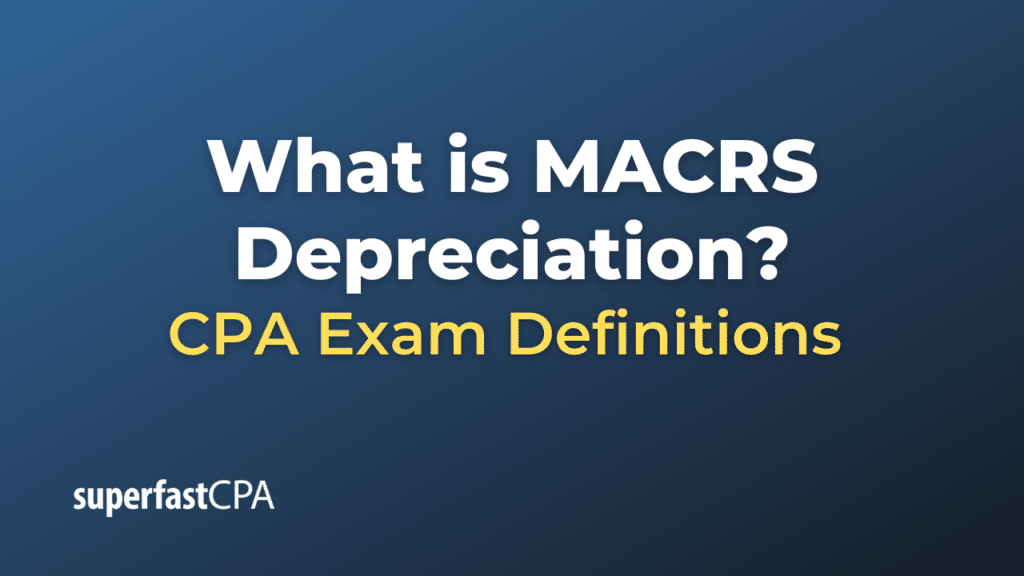MACRS Depreciation
MACRS stands for “Modified Accelerated Cost Recovery System”. It’s a method of depreciation that’s used for tax purposes in the United States. MACRS allows businesses to recover certain capital costs over a specific period of time.
Unlike methods such as straight-line depreciation, which spreads the depreciation evenly over the asset’s useful life, MACRS allows for greater depreciation in the earlier years of an asset’s life and less in the later years. This is known as accelerated depreciation, which can be beneficial for businesses as it reduces taxable income more in the early years of an asset’s life.
Under MACRS, assets are divided into different classes, each with a specified recovery period. For example, office furniture and fixtures fall into a 7-year class, meaning they are depreciated over a period of 7 years. There are also specific conventions to determine in which year the depreciation starts and ends, such as the half-year convention (which assumes that all property is placed in service or disposed of at the midpoint of the year).
Calculating depreciation under MACRS can be complex as it involves different tables provided by the IRS for different classes of assets, conventions, and methods (such as the 200% declining balance method or the 150% declining balance method). Always consult with a tax professional or use tax preparation software that handles MACRS calculations to ensure accuracy.
Example of MACRS Depreciation
Let’s take an example where a business purchases an asset that falls into the 7-year property class, such as office furniture. This asset costs $10,000 and is placed in service in Year 1. The business decides to use the General Depreciation System (GDS) with the 200% declining balance method, which is commonly used for 7-year property.
The IRS provides depreciation rates for each year of an asset’s recovery period. For a 7-year recovery period under the 200% declining balance method, the rates are as follows:
- Year 1: 14.29%
- Year 2: 24.49%
- Year 3: 17.49%
- Year 4: 12.49%
- Year 5: 8.93%
- Year 6: 8.92%
- Year 7: 8.93%
- Year 8: 4.46%
So, the depreciation for each year would be calculated as follows:
- Year 1: $10,000 x 14.29% = $1,429
- Year 2: $10,000 x 24.49% = $2,449
- Year 3: $10,000 x 17.49% = $1,749
- Year 4: $10,000 x 12.49% = $1,249
- Year 5: $10,000 x 8.93% = $893
- Year 6: $10,000 x 8.92% = $892
- Year 7: $10,000 x 8.93% = $893
- Year 8: $10,000 x 4.46% = $446
As you can see, the majority of the asset’s cost is depreciated in the first few years, which is the advantage of an accelerated depreciation system like MACRS.
Please note that this is a simplified example and actual calculations might be more complex due to factors such as the half-year convention or mid-quarter convention. Always consult with a tax professional for accurate calculations.













